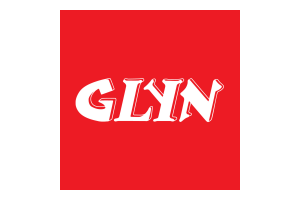For Emergencies in Remote Areas
Medical Drone EH216 to Save Lives Soon
The EH216 passenger drone is currently being tested for the first time in the EU. In addition to delivering medical supplies, the autonomous aircraft will also be able to transport people over short distances.
In the future, the new type of drone will help people in remote or hard-to-reach regions and be used during catastrophes. In emergencies, people could be quickly supplied with vital medicines such as insulin as well as first aid medical equipment.
The autonomous drone is also capable of transporting medical staff. »Medical teams can thus arrive at the scene of an accident at the same time as the blood supplies needed for the operation,« says Tome Najdovski of the Red Cross. Currently, medical deliveries are simulated over distances of around one kilometer.
Emergency transport via UAV
Drone transport could provide life-saving blood transfusions, especially for polytrauma victims, according to Tome. The survival chances of people who have lost a large amount of blood increase by 50 to 100 percent if blood bags are administered within 15 or 20 minutes of the accident.
CEO Mikael Shamim of drone manufacturer Helicus said during a demo flight in Sint-Truiden, Belgium, »It's very inspiring to think about how to improve medical care in the future together with the authorities.«
Currently, there are various drone and UAV producers on the market with widely varying prices. One drone of this type can cost from 300,000 euros to one million euros. Shamim emphasizes that an appropriate infrastructure is additionally required to coordinate and promote all operations.
European Drone Services
Helicus is part of the SAFIR-Ready project and its sub-initiaitive SAFIR-Med, both aiming to revolutionize healthcare and emergency services in Europe. The SAFIR projects are part of the SESAR 3 Joint Undertaking program and are funded by the European Commission under the Horizon Europe program. Through the use of advanced UAVs and Advanced Air Mobility (AAM), SAFIR aims to transform emergency scenarios and reduce response times, costs and CO2 emissions.
The vision of the SAFIR-Med project is to identify ways to achieve safe, sustainable, socially acceptable and socially beneficial urban air mobility that contributes to the EU healthcare system by ensuring that future generations will continue to have democratic access to the best healing and care.
In addition to Helicus, SAFIR members include Airbus Defence and Space, the German Aerospace Center (DLR), Droniq GmbH EHang, HyFly - Hydrogen Powered VTOL Drone, the Royal Military Academy, KPMG, EASA - European Union Aviation Safety Agency and numerous other research institutions, companies and associations. (uh)





